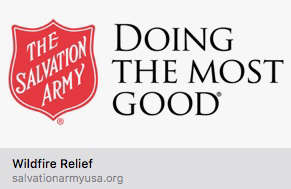Wildfire Support
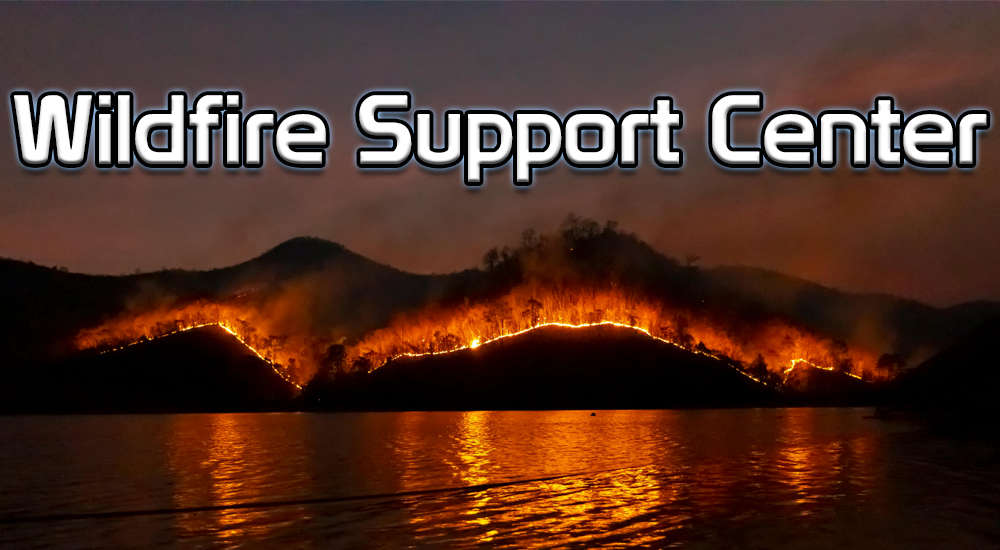
Governor Kathy Hochul announces statewide burn ban in effect until November 30th due to increased fire risk. This is the largest wildfires to affect New York State since 2008.
Tips from: NYS Division of Homeland Security and Emergency Services
Before a Wildfire
- Receive Alerts
- Sign up for NY-Alert and receive real-time alerts from the National Weather Service.
- Sign up for community alerts in your area.
- Learn about the Emergency Alert System (EAS) and Wireless Emergency Alert (WEA), which does not require sign up.
- Pay attention to air quality alerts.
- Make a Plan
- Make sure everyone in your household knows and understands what to do if you need to quickly evacuate.
- Don’t forget a plan for the office, kids’ daycare and anywhere you frequent.
- Review Important Documents
- Make sure your insurance policies and personal documents, like ID, are up to date.
- Make copies and keep them in a secure password-protected digital space.
- Strengthen Your Home
- Use fire-resistant materials to build, renovate or make repairs.
- Find an outdoor water source with a hose that can reach any area of your property.
- Create a fire-resistant zone that is free of leaves, debris or flammable materials for at least 30 feet from your home.
- Designate a room that can be closed off from outside air. Close all doors and windows. Set up a portable air cleaner to keep indoor pollution levels low when smoky conditions exist.
- Know Your Evacuation Zone
- You may have to evacuate quickly due to a wildfire. Learn your evacuation routes, practice with household, pets and identify where you will go.
- Follow the instructions from local authorities. They will provide the latest recommendations based on the threat to your community and appropriate safety measures.
- Gather Supplies
- Have enough supplies for your household, including a first aid kit, in your go bag or car trunk.
- Being prepared allows you to avoid unnecessary excursions and to address minor medical issues at home, alleviating the burden on urgent care centers and hospitals.
- Remember that not everyone can afford to respond by stocking up on necessities. For those who can afford it, making essential purchases and slowly building up supplies in advance will allow for longer time periods between shopping trips.
During a Wildfire
- Pay attention to emergency alerts and notifications for information and instructions.
- Evacuate immediately if authorities tell you to do so!
- Check with local authorities for the latest information about public shelters.
- Consider making plans with friends or family to shelter with them where you may be safer and more comfortable.
- If trapped, call 9-1-1 and give your location, but be aware that emergency response could be delayed or impossible. Turn on lights to help rescuers find you.
- Use an N95 mask to protect yourself from smoke inhalation or limit your exposure to smoke by doing the following:
- Choose a room to close off from outside air and set up a portable air cleaner or filter to keep the air in this room clean even when it’s smoky in the rest of the building and outdoors.
- Use high efficiency filters in your central air conditioning system to capture fine particles from smoke. If your system has fresh air intake, set the system to “recirculate” mode and close the outdoor intake damper.
- If you are not ordered to evacuate but smoky conditions exist, stay inside in a safe location or go to a community building where smoke levels are lower.
- If you are sick and need medical attention, contact your healthcare provider for further care instructions and shelter in place, if possible.
Terms to Know
- Crawling Fire: Fire that spreads via low-level vegetation, e.g., bushes.
- Crown Fire: Fire that “crowns” (spreads to the top branches of trees) can spread at an incredible pace through the top of a forest.
- Jumping Fire: Burning branches and leaves carried by wind some-times start distant fires; fires can “jump” over roads and rivers.
Fire Emergency Planning for Families
Conduct a Home Inspection
- Check each bedroom for the best window or door for an emergency escape. If necessary, rearrange bedrooms to provide easier escape for children, older adults or people with a disability.
- Ensure everyone has a second way out—consider escape ladders.
- Test windows to ensure they open easily and are large and low enough. Be sure that everyone in your home, including children, can reach, unlock, and open doors and windows that are included in your plan. If your windows have security bars, check to see if they are equipped with inside quick-release devices.
- Check security devices to make sure they can be opened easily – in a fire, you might not be able to find a key.
- Check your smoke alarm. If you don’t have one, get one.
Make a Floor Plan
- Draw an outline of your home or apartment. Make a drawing for each floor where people sleep. Dimensions do not need to be exact. Add each bedroom and label it.
- Show important details: stairs, hallways, roofs that could be used as a fire escape.
- Choose a family meeting place and show it on the plan.
- Use blue or black arrows to show the normal way out, such as the stairs or hall. Use different colored arrows to show emergency exits in case fire blocks your normal route.
- Make sure the plan includes:
- Working smoke alarms;
- Two exits from each room;
- An outside meeting place;
- Emergency phone number for your local fire department; and
- Alternatives for any family member needing extra assistance.
Practice Your Plan
- Practice with all members of your household at least twice a year. Review and revise your plan whenever there are changes in your household, e.g., sleeping arrangements, new baby, etc.
- The more you practice, the faster you will be able to act in a fire emergency.
- When practicing your escape plan, explain that the firefighter’s job is to rescue anyone trapped inside, so don’t hide.
Fire Drill Example
- Begin with everyone in his or her bed.
- Sound the alarm: Press the smoke alarm test button and yell FIRE or use some other signal.
- Everyone should roll out of bed, stay low, and feel the door for heat.
- Exit the house:
- First time: Use the normal exit. Brace your shoulder against the door and open it slowly, ready to shut it quickly if there is heat or smoke.
- Second time: Pretend doors are hot. Everyone must use the second way out.
- Gather at meeting place and check that everyone is out.
- Appoint someone to simulate calling the fire department.
- Get together to talk about the drill. Make changes to the plan if necessary and rehearse them.
Additional Safety Tips
- Always sleep with bedroom doors closed to keep heat and smoke out for a short time – the few extra minutes you may need to escape.
- Find a way for everyone to sound a family fire alarm – blow a whistle, pound on walls, yell, etc.
The Latest
-
 Magic of Lights Makes Its Spectacular Debut at Altamont Fairgrounds
Magic of Lights Makes Its Spectacular Debut at Altamont FairgroundsAltamont Fairgrounds is alight starting this Friday!
-
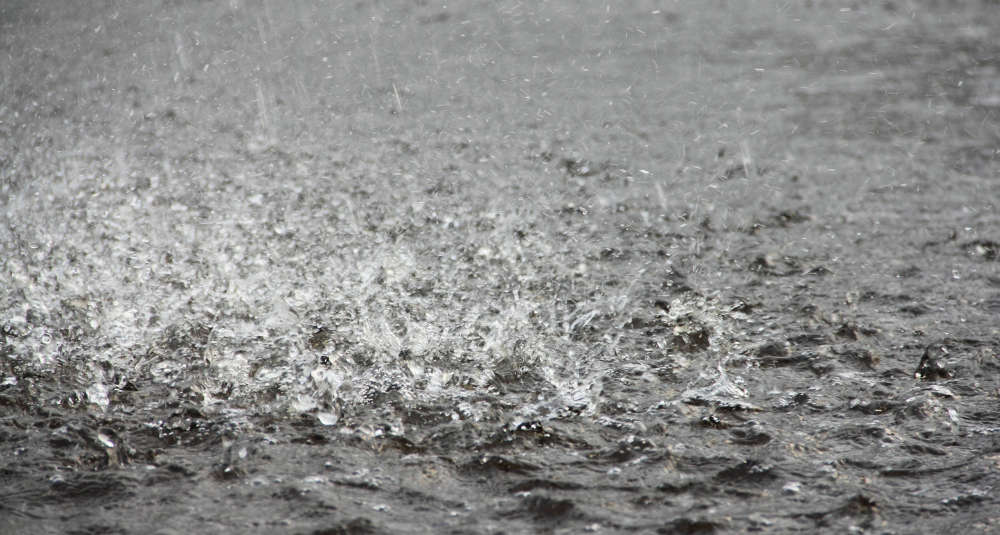 'Substantial' Amount of Rain Headed Toward the Capital Region
'Substantial' Amount of Rain Headed Toward the Capital RegionAs much as 3 inches of rain possible
-
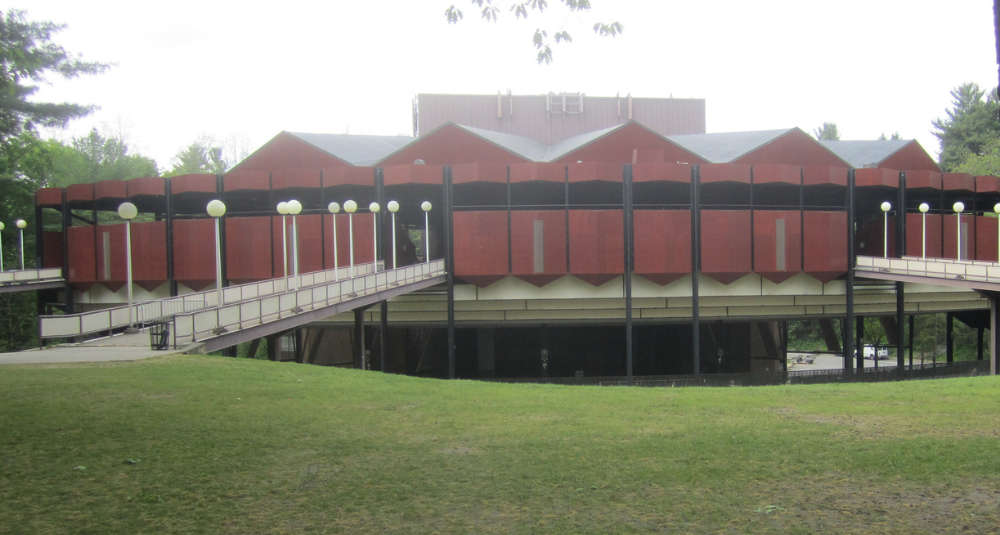 New Rule for Live Nation Concerts at SPAC in 2025
New Rule for Live Nation Concerts at SPAC in 2025You'll have to leave this behind
-
 Fort Ann Pitcher Tyler Mattison makes Detroit's 40 Man Roster
Fort Ann Pitcher Tyler Mattison makes Detroit's 40 Man RosterThe former Fort Ann Cardinal was named to Detroit's 40 man roster Tuesday
-
 REVEALED: New Pro Sports Team for the Capital Region
REVEALED: New Pro Sports Team for the Capital RegionGet ready to cheer on the New York Phoenix
-
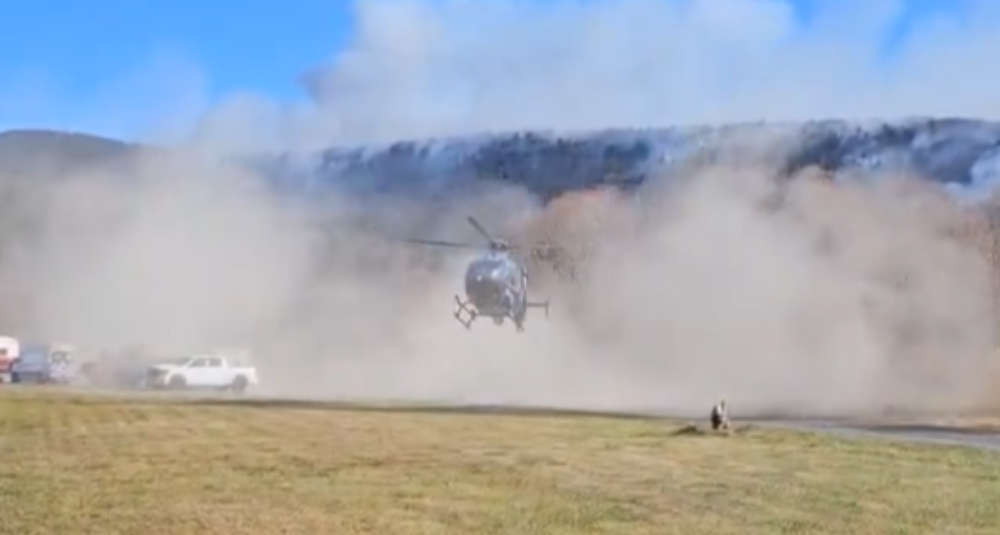 [PHOTOS/VIDEO] Wildfire Breaks Out in Western Massachusetts
[PHOTOS/VIDEO] Wildfire Breaks Out in Western MassachusettsIt started early Tuesday, crews are trying to contain it
-
 CP's Holiday Train set to pass through Capital Region
CP's Holiday Train set to pass through Capital RegionDecorated train cars and live music will come to various stops in the Capital Region
-
 Cheerleaders Overcome The Odds And Accomplish A Special Goal
Cheerleaders Overcome The Odds And Accomplish A Special GoalThe SGF Pop Warner Peewee Cheer team qualified for Nationals in Orlando.
-
 State Championship Weekend Recap: Burnt Hills, Northville Wins Titles
State Championship Weekend Recap: Burnt Hills, Northville Wins TitlesRecapping a busy weekend of State Championships in Field Hockey and Boys and Girls Soccer
-
 Pro Sports Team to Make its Home in Schenectady
Pro Sports Team to Make its Home in SchenectadyBut what will it be?
-
 The Legendary Rod Stewart Coming to Saratoga in 2025!
The Legendary Rod Stewart Coming to Saratoga in 2025!One Last Time
-
 Popular Band Announces Appearance On The Saratoga Stage
Popular Band Announces Appearance On The Saratoga StageGoo Goo Dolls & Dashboard Confessional Head To Saratoga in 2025



